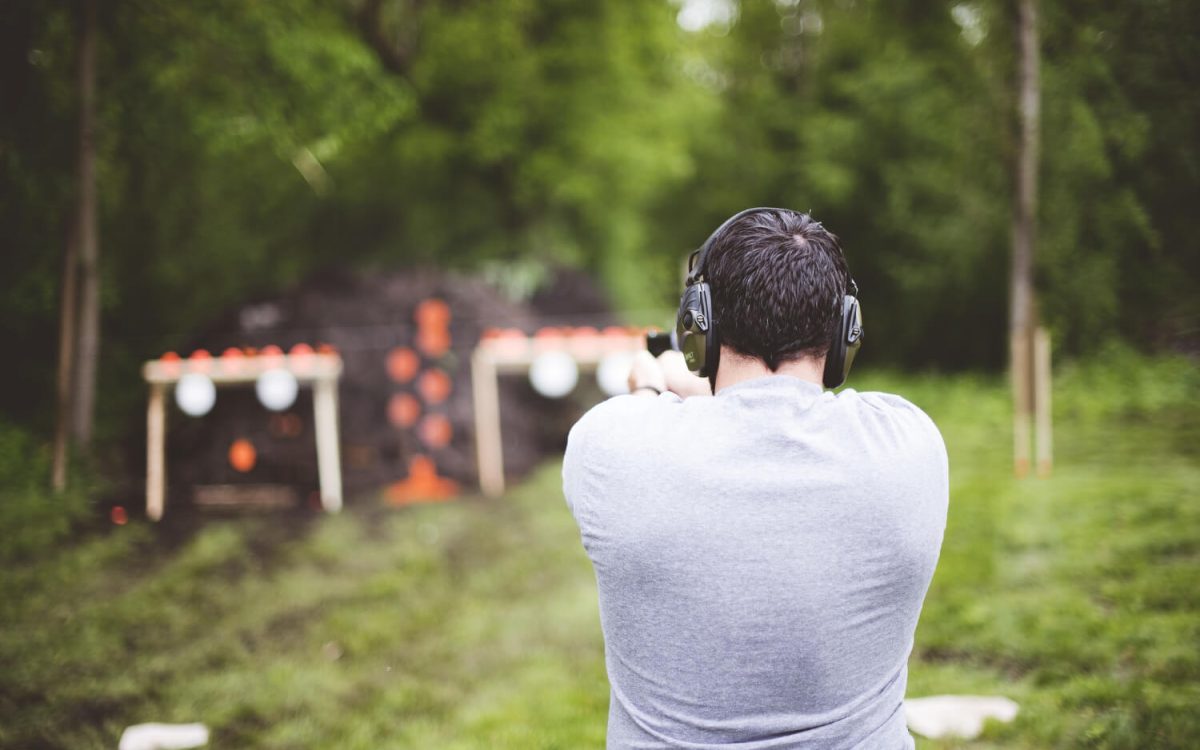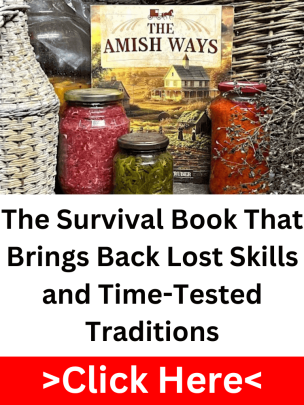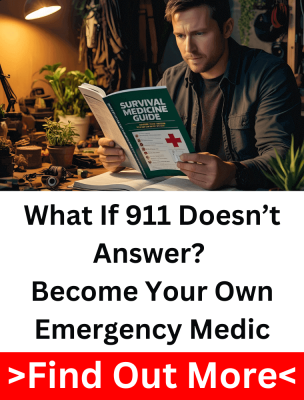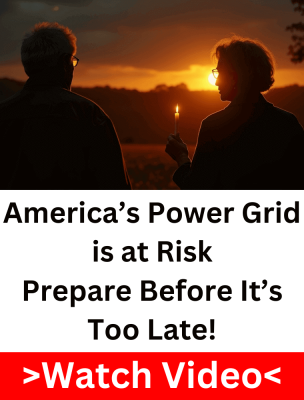Owning weapons doesn’t mean you’re ready. That’s a hard truth that many preppers overlook. When SHTF, the people who survive aren’t the ones with the biggest gun collection; they’re the ones who know how to use what they’ve got. It’s one thing to hit targets on a quiet Saturday afternoon at the range. It’s another to perform under pressure, when your hands are shaking, your heart’s racing, and lives are on the line. Gear matters, sure, but weapon skills for preppers truly make the difference when everything falls apart.
Most seasoned preppers already have the mindset. They’ve got supplies stored, maybe a firearm or two, and a plan if the grid goes down. But mindset alone won’t save you in a crisis. Could you defend your home under real stress? Clear a jammed rifle in the dark? Handle yourself in a fight if someone tries to take what’s yours? These skills separate the ones who make it from the ones who freeze. The seven we’re about to walk through are the foundation of true readiness, skills, not stuff.
1. Accurate Shooting Under Pressure
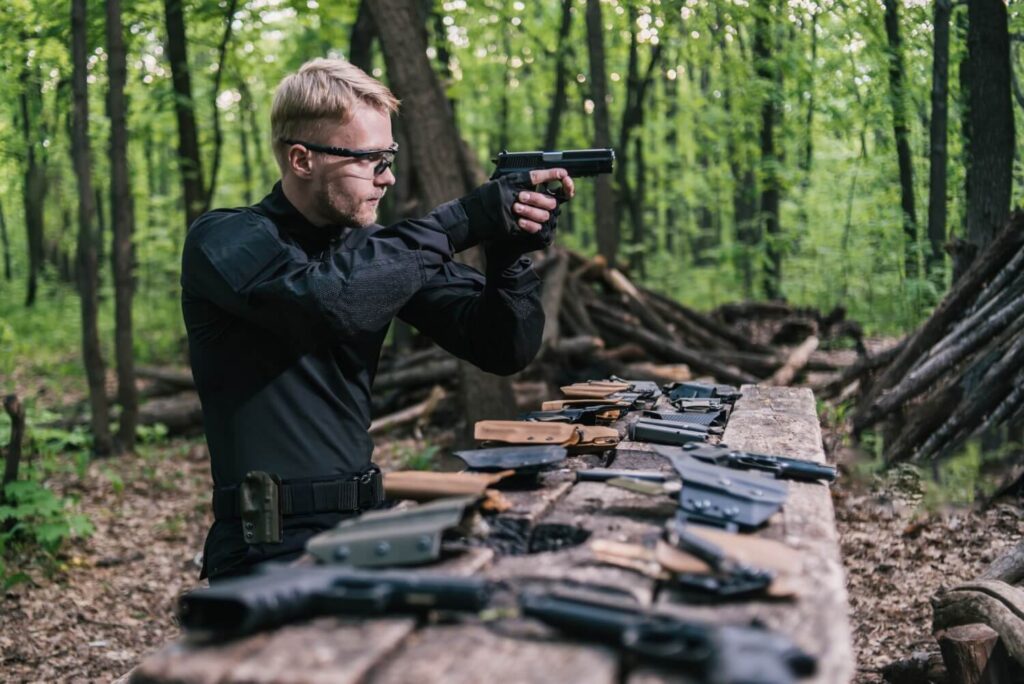
Shooting at a calm, well-lit range is one thing. But real threats don’t show up on a paper target at twenty yards, they come fast, loud, and usually when you’re not ready. In a crisis, your fine motor skills go out the window, your hands get shaky, and your breathing shortens. Most folks freeze the first time they feel that kind of stress, even if they’ve “practiced” plenty. That’s why range shooting alone won’t cut it. You’ve got to train in ways that mimic real-world tension if you want your weapon skills for preppers to hold up when it counts.
The good news is you don’t need fancy tactical classes to build real accuracy under stress. Simple drills like dry firing after sprinting, practicing target transitions with a shot timer, or running reloads with your heart pumping can change everything. Even doing basic movement drills, like stepping off-line before you draw, can rewire your brain to stay functional under pressure. It’s not just about hitting the target; it’s about building the kind of survival weapon training that sticks when your body wants to panic.
2. Clearing Malfunctions Without Hesitation
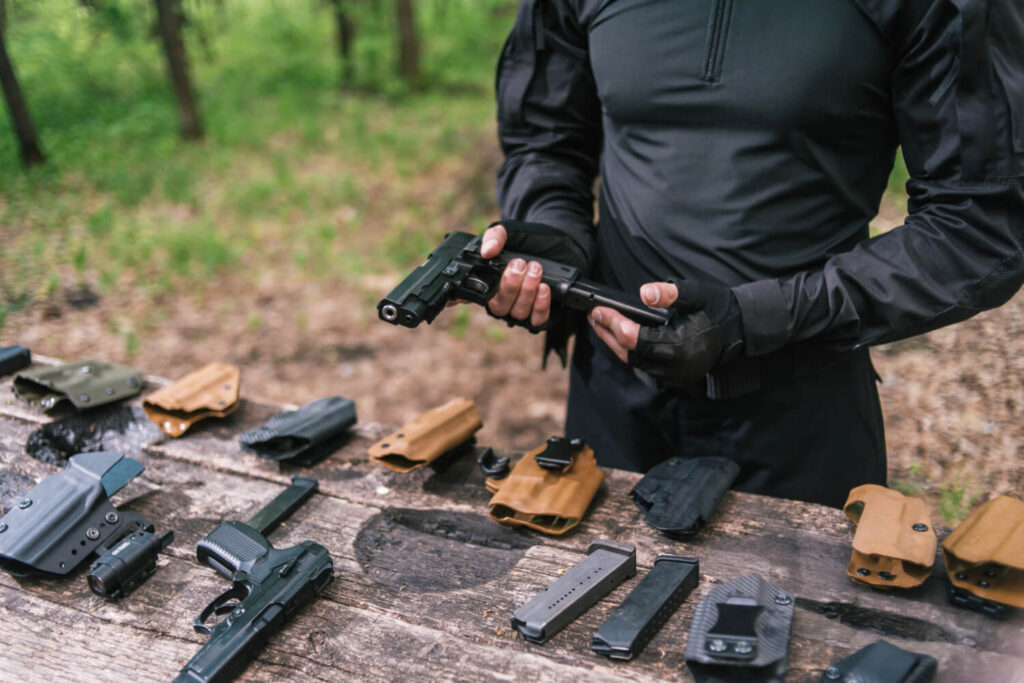
When things go wrong, they usually go wrong fast. A firearm jam is one of those problems that always seems to show up at the worst possible time, right when you need that shot to count. Dirty gear, bad ammo, worn springs, doesn’t matter. In a real emergency, you won’t have time to diagnose what went wrong. You’ll either clear it and keep fighting, or you’ll be out of the fight completely. That’s why mastering malfunction drills is just as important as marksmanship. Without it, your firearm skills for survival are incomplete.
The most common fix starts with three words every prepper should know by heart: tap-rack-bang. Tap the magazine to make sure it’s seated. Rack the slide to eject the bad round. Bang, get back on target. You can train this dry, at home, with snap caps or dummy rounds. Do it until your hands move without thinking. Then mix in other stoppages, like double feeds, and learn how to clear those too. These drills don’t take much time, but they build automatic responses that save seconds. And seconds are everything.
Other Article: What to Do When Your Home Defense Plan Fails
Hesitating when your weapon jams is how people die. In a real confrontation, whether it’s a looter at your door or a breakdown on the road, you won’t have time to second-guess. That moment of “what now?” can cost you everything. Clearing a malfunction needs to be like swatting away a fly: instinctive, fast, done. That’s the kind of SHTF weapon preparedness most folks overlook until it’s too late.
3. Weapon Retention and Close-Quarters Defense
It’s easy to forget how fast distance disappears in a real fight. Someone grabs your shirt, comes through a doorway, or rushes you from the side, and suddenly you’re in a tangle, not a standoff. In close quarters, your weapon can go from an advantage to a liability if you haven’t trained to control it. Just having a gun won’t help if someone else manages to get their hands on it. That’s why weapon retention is one of the most overlooked but critical weapon skills for preppers.
To stay in control, you’ve got to think ahead. Keep your elbows in, avoid overextending, and always maintain a solid stance. Practice drawing from a retention-ready position, not just with arms fully extended. If someone grabs your weapon, you need to know how to pivot, trap, and create space, fast. These aren’t just martial arts tricks, they’re real-world, lifesaving parts of close-quarters combat training that every prepper should take seriously. Losing your weapon in a fight doesn’t mean you’re disarmed; it means the other guy is now armed.
4. Knowing How to Use Primitive or Improvised Weapons
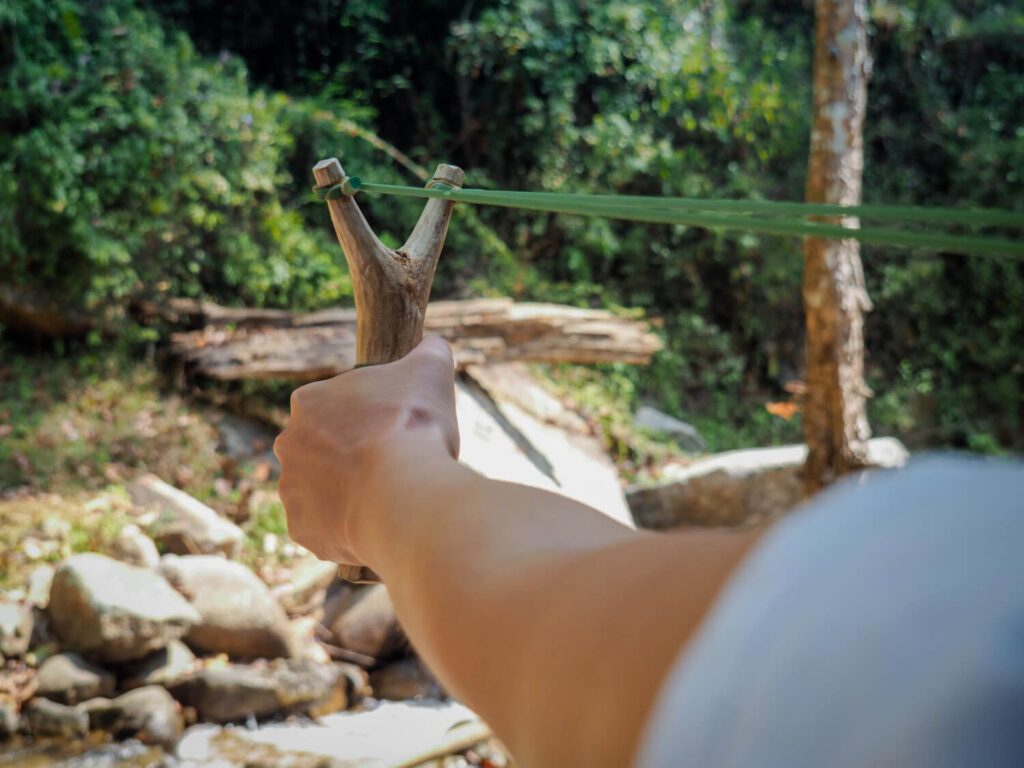
When the ammo runs dry or when you don’t have a firearm at all, you’re not out of options. In a real SHTF scenario, the ability to defend yourself with whatever’s on hand can make the difference between surviving and becoming a target. Bats, crowbars, machetes, even a sharpened stick, these aren’t fantasy tools. They’re fallback options that have worked for centuries, and they’re still just as effective when used right.
Other Article: Forgotten Survival Food Secrets of Our Ancestors
The key is knowing how to use them. A sturdy walking stick becomes a spear. A hammer isn’t just for pounding nails, it’s a brutal blunt-force weapon in close quarters. Even a belt with a heavy buckle can be swung for defense. These tools don’t require permits, don’t jam, and don’t need reloading. That’s why improvised weapons for preppers deserve real attention, not just as backups, but as skills worth practicing before you need them.
5. Archery for Silent Defense and Hunting
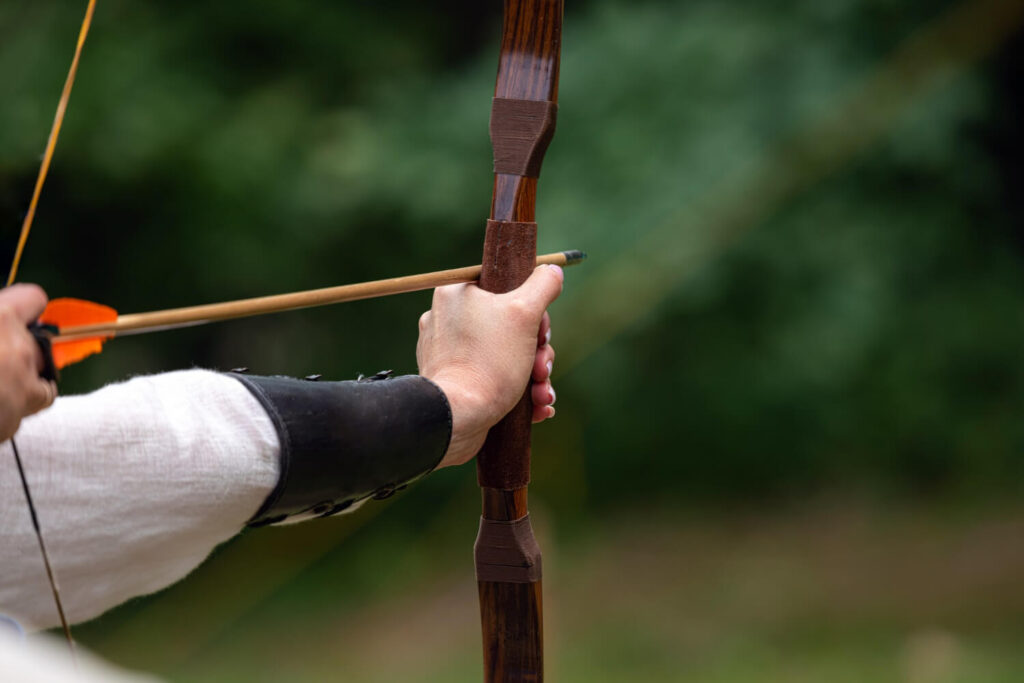
In a long-term survival scenario, silence can be just as valuable as stopping power. Firearms draw attention, arrows don’t. That’s why bows have earned their place in the prepper world. They’re quiet, effective, and reusable. When you’re trying to avoid notice while defending your homestead or putting meat on the table, archery becomes more than just an old-school skill, it becomes a serious asset.
That said, there’s a learning curve. Archery takes consistent practice to get good, and muscle memory matters as much as aim. But once dialed in, a bow offers real flexibility. It doesn’t need gunpowder, and you can recover your ammo. For preppers focused on sustainable defense and self-reliance, archery for survival checks a lot of boxes: stealth, reusability, and control in situations where making noise isn’t an option.
6. Tactical Movement and Situational Awareness
In a real collapse, how you move could matter more than what you carry. Whether you’re in a city, the suburbs, or out in the woods, movement with purpose is critical. In urban environments, you’re navigating blind corners, narrow alleys, and broken lines of sight. In rural areas, it’s open ground, natural cover, and long exposure. Each setting demands different tactics, but the goal stays the same: get where you need to go without drawing attention or fire.
That’s where awareness kicks in. You don’t just watch where you’re stepping, you watch everything. Sightlines, shadows, movement, and cover options. Are you backlit? Can you be heard? The more aware you are of your surroundings, the less likely you are to stumble into a bad situation. And sometimes, avoiding a fight is the smartest form of self-defense tactics for preppers, because not every fight is worth the noise or the risk.
Other Article: DIY Survival Gear That Works as Well as Pricey Prepper Tools
One guy cuts across an open parking lot in daylight. Another moves behind cars, shadow to shadow. Guess who gets seen first? Staying unseen isn’t just about sneaking around; it’s about thinking ahead, predicting threats, and using the terrain like it’s part of your gear. People who are loud and blind don’t last long when the world goes dark. Those who think before they step? They tend to live to see another day.
7. Weapon Maintenance in the Field
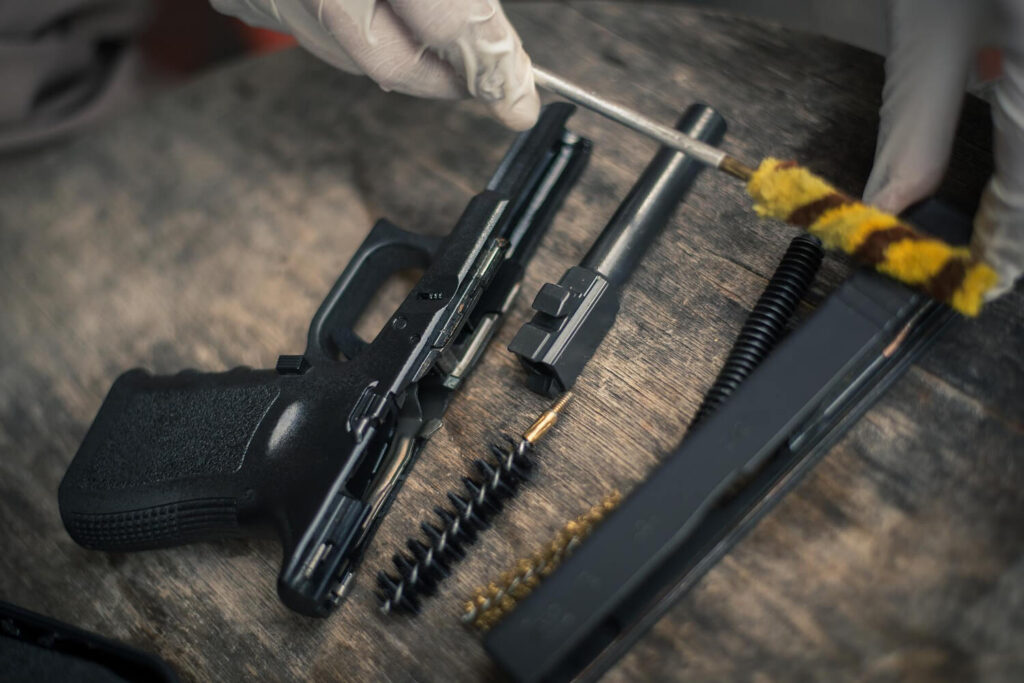
A weapon that doesn’t fire when you need it isn’t just useless, it’s dangerous. In a survival situation, especially when you’re alone, you can’t count on replacement parts or a gun shop around the corner. Keeping your weapon functional becomes part of staying alive. Dirt, rust, and neglect can jam up even the best tools, and if you’re not checking your gear regularly, you’re gambling with your safety. Maintenance isn’t exciting, but it’s one of the most overlooked weapon skills for preppers.
You don’t need a full bench of tools in the field. A compact cleaning kit, a bit of oil, and the know-how to strip and reassemble your firearm are enough to keep things running. Learn how to fix common issues like stuck pins, gummed-up slides, or worn springs. And get creative, wire, paracord, or even a multitool can handle light weapon maintenance tips when you’re off-grid. If your weapon is part of your survival plan, then taking care of it needs to be part of your routine, no excuses.
In high-stress situations, it won’t be your gear that saves you, it’ll be your training. Firearms, bows, tools, they’re only as useful as your ability to use them when it counts. These weapon skills for preppers aren’t just “good to know.” They’re the difference between being armed and being truly prepared. Master them now, because in a real crisis, you won’t get a second chance to figure it out.

